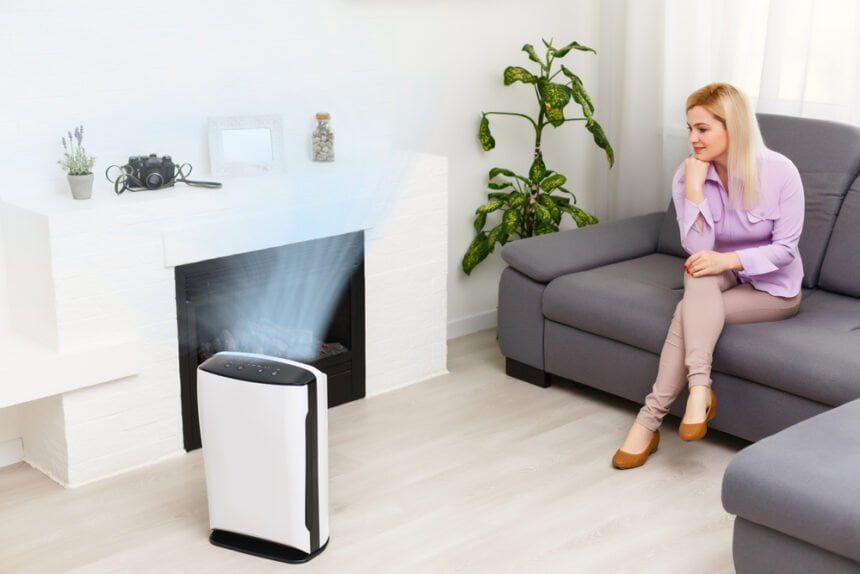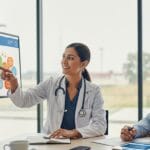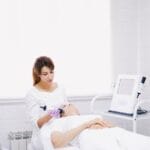Since the beginning of the year 2020, the United States has faced the effects of the Covid-19 pandemic and everything has changed significantly in just about every domain. Most food establishments have been put on hold, schools have been closed, the sports industry as well, and people have had to stay quarantined on and off until this very day (in some states). People have been eating more and exercising less, which has created a secondary pandemic of obesity. But now that businesses are opening up again, every owner wants to make sure that they respect the safety regulations and so they have made extra purchases to make sure their patrons are safe from infection.
One of those purchases has to do with air purifiers, seeing as there has been a 57% growth in sales in 2020, and that percentage continues to grow, due to both the pandemic and the surfacing wildfires on the West Coast. To see some of the types of purifiers available, the way that they work, and their efficiency, keep on reading.
Feature-rich Air Purifier Options
Nowadays, purifiers have evolved to a point where there are many types available to accommodate the needs of anyone looking to get one for their home, work establishment, and any other space that needs clean air. The options you can look at are:
- With or Without a Filter: Although it might seem counterproductive to make a device that lacks the main component that can purify the air, technology has advanced enough so that the presence of a filter isn’t a must anymore.
- Permanent or Replaceable Filters: For those who can spend some extra time, there are filters that you can wash or vacuum, and for those who can spend some extra money, there are replaceable filters.
- Extra Layers: You can have options with UV light sanitization, odor-solving Carbon filters, Ionizers to neutralize small particles, and more.
- Combos: To also address the level of humidity in a room there are air purifiers and humidifier/dehumidifier combos available.
So, if you would want to spend less time on maintenance and also up the humidity in a room, you could easily get the best filterless air purifier with humidifier and solve all issues in one fell swoop.
The particular feature of the purifiers that has piqued the interest of many buyers is the integrated UV light sanitization, as it has been widely discussed during this time. We’re going to go through the topics of how many types of UV light exist, how they work, how they work against Covid-19, how purifiers with UV light work, and how efficient they are at sanitizing.
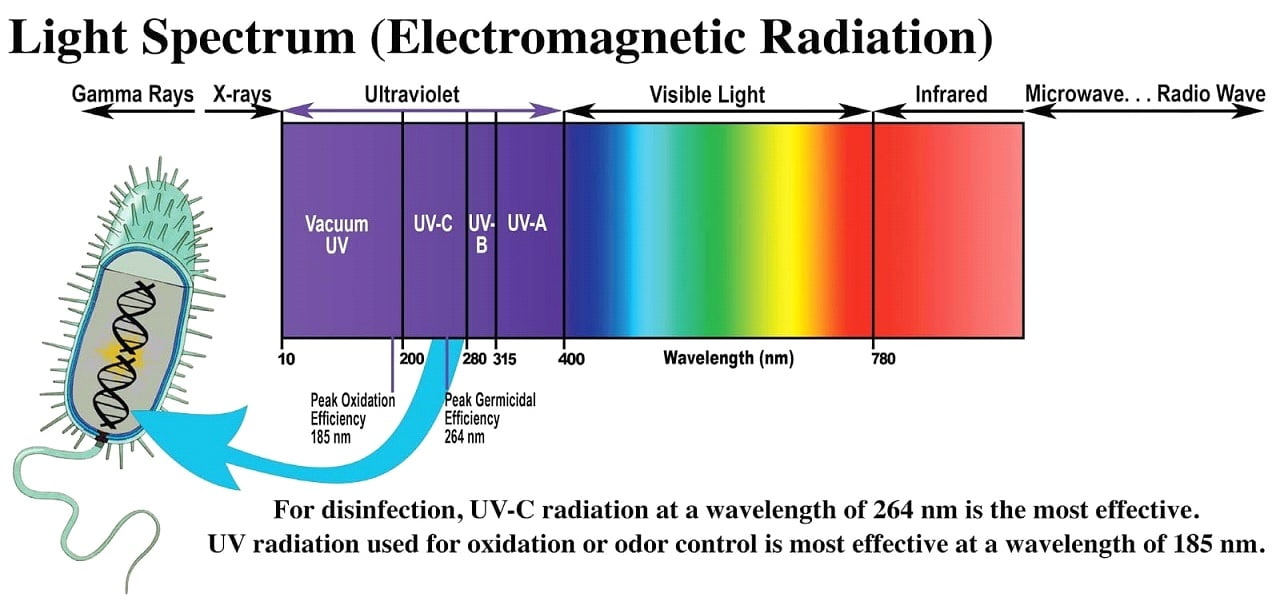
UV Light Categories
To give a little detail about the light perception capabilities of the human eye, the visible light spectrum has a wavelength range from 380 nanometers to 700. This is the reason why certain types of UV light give off the tiniest hint of color that we can see, whereas others don’t. The 3 types are:
- UV-A – it vibrates quicker than visible light and has a nanometer range from 315 to 400
- UV-B – higher vibration, with a nanometer range from 280 to 315
- UV-C – highest vibration speed and energy, with a nanometer range from 100 to 280 (these aspects make it the most efficient at destroying germs)
How does UV light work?
As mentioned previously, out of all 3 types, UV-C has been proven to be the optimal choice and it has been used to eradicate germs during the course of more than 50 years. The way it works is tied to the elements that make up the DNA, namely the adenine, thymine, guanine, and cytosine. When in action, UV light alters these molecules (usually the thymine or the cytosine) and causes them to bond together in a way they normally wouldn’t. This irregularity causes genetic damage, making it so that viruses or bacteria die because they are single-cell and need their DNA to survive.
Although human genetic molecules are capable of mending themselves, excessive exposure can cause great damage. This especially concerns the eyes, but also the skin, since repeated burns can lead to skin cancer.
UV Light VS Air Pollutants
The factors that come into play when analyzing how effective UV-C is at eradicating air pollutants are the following:
- If the bacteria make contact with the light
- Duration of contact with the light
- Whether the light comes from a device that has an airflow, thus having a breeze that hinders its capabilities
- Bulb material
- Light dosage and dosage required to kill certain bacteria
UV lights have been employed in the 1930s to prevent measles in schools by using an “upper room” technique. This technique consisted of UV lamps attached to the ceilings, space where they would go through the sanitization process, followed by devices that cycled the clean air down.
UV Light VS. Covid-19
UV-C has been successfully used in the past against other coronaviruses like MERS-CoV (Middle Eastern Respiratory Syndrome) and SARS-CoV (Severe Acute Respiratory Syndrome) which have had mortality rates of 35% and 10%, respectively. The effect it has had on the SARS-CoV-2 is similar, a vial of 5 x 106 TCID50/mL requiring 9 minutes of exposure and a dose of 1.048 mJ/cm2 for complete inactivation. UVA on the other hand isn’t as effective, as full inactivation of the virus wasn’t reached even after exposing it for over 15 minutes.
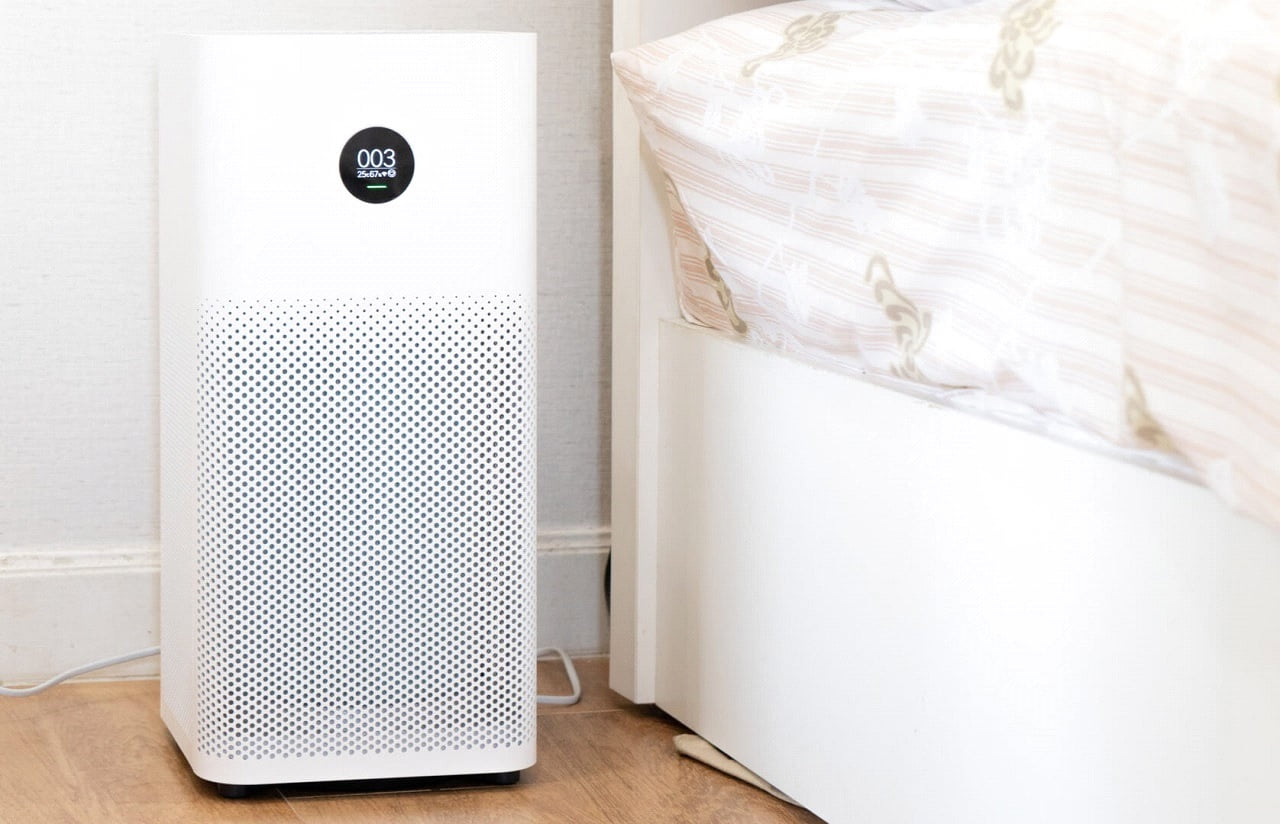
Air Purifiers with UV Light
How do they work?
Now that we’ve gone through the general use, here’s how UV light that’s integrated into an air purifier works. First off, these purifiers are also called UVGI (as in ultra-violet germicidal irradiation), and their end goal is to cut down on the number of air pollutants present in the space they’re placed. The air is pulled inside the device, it goes through the filters (should it have any), then through the light, and finally, it is sent back outside. As the air passes the light, any microbes or viruses are immediately ‘attacked’ as the UV-C destroys the genetic bond. The purifiers that have this feature operate quietly, with no odor, and without visible light. The bulbs emitting the light will need to be replaced according to the instructions provided by the manufacturer.
How efficient are they?
The fact of the matter is that, as aforementioned, UV-C light can kill viruses and bacteria. Butits ability to do so while integrated within an air purifier might not be as potent if the device is not used correctly. Let’s see more details to understand why.
Given that the time needed for a full inactivation of the SARS-CoV-2 (example for a more detailed explanation) is of 9 minutes and that the usual amount of time that air spends inside an air purifier is shorter than a second (0.35), there’s no way that it could damage its genetic structure in one go. The dosage is also a factor to consider, as this virus requires at least 75mJ/cm2, whereas the average purifier gives a 6mJ/cm2, meaning it would take 13 seconds of exposure to do its job. If close enough, however, the particles would be met with a 150 mJ/cm2 dosage, cutting down on the cycles needed to inactivate the pathogens (only needing 0.5 seconds). For this particular period in time though, companies have come up with new, more potent UVGI purifiers, ones that can provide a three times stronger dose than the average. Their 16.8 mJ/cm2 would only require exposure of 4.46 seconds, thus getting us to the conclusion that it would take about 15 purifying cycles to inactivate more than 99.9% of the Covid-19 virus.
Another detail to consider is that viruses can’t be killed if they have other particles on them (dust) and that most air purifiers have filters. HEPA filters, the most commonly used type, can also gather more than 99.9% of pathogens in one go, keeping them trapped for the light to continue its work inside the device as well. To sum it up, these air purifiers can have an efficiency of about 99.94 or 99.97% against SARS-CoV-2 only if you run them for a long enough time.
Efficiency against Microorganisms
For microorganisms such as mold or bacterial spores, the case is the same. They require a long exposure with high enough doses to be completely inactivated.
You can’t overlook the importance of addressing this if you have allergies. You will have worse allergy problems if you live somewhere with lots of microorganisms.
Efficiency against Allergens
The effect it has on allergens (dander, dust, pollen, etc.) is not enough for you to consider that the room is free of threats. Therefore, if you or a family member have allergies or worse, asthma, you should seriously consider getting a UVGI purifier that also has a goodHEPA filter.
Efficiency against VOCs
Volatile Organic Compounds can’t be affected by UV light and they can even be triggered into a more dangerous state if they come in contact. VOCs require a different type of filter to be removed, specifically an Activated Carbon filter.
In Conclusion
Is UV light efficient against viruses and bacteria? Yes. Should you invest in a UVGI air purifier? Only if you’re on board with using it for longer periods of time so that it can reach maximum efficiency. Since there are many types of air purifiers available that have features suitable for just about any customer’s needs, it’s safe to say that you can easily find what you’re looking for, whether you want to increase the safety of your business or that of your own house.

